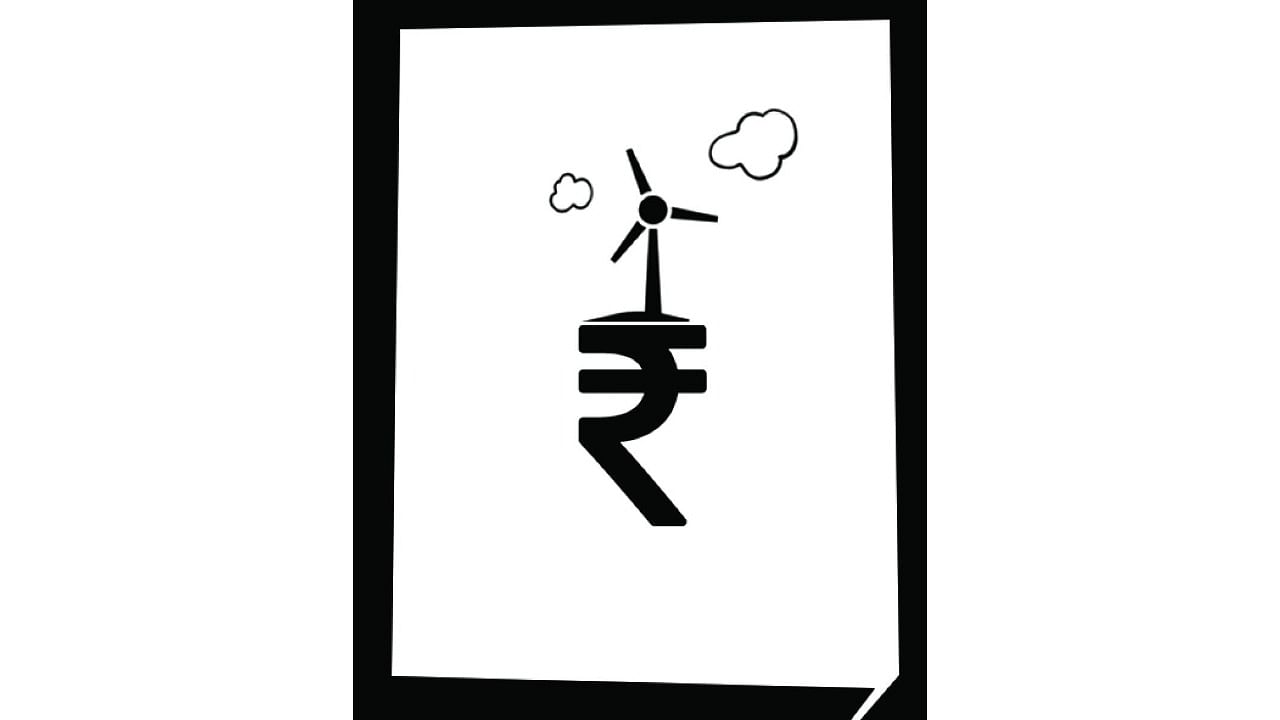
The ‘greenness’ and sustainability of materials, products, services, businesses and systems are often questioned. Do greenness and sustainability mean the same or is there a difference between them?
‘Green’ gives a sense of carbon emissions, or the lack of it, due to combustion of fuels used for generating energy. The hardware systems used in renewable energy generation can also cause carbon emissions. Thus, energy generation as well as the energy used to do work are responsible for emissions. Also, emissions may emerge from chemical and biological processes while generating or manufacturing materials/products, agriculture, enteric fermentation from ruminant animals, etc. There are different types of greenhouse gases (GHGs) such as methane, carbon dioxide (CO2), oxides of nitrogen, phosphorus, fluorinated gases, etc., each having different global warming potential (GWP). Since the industrial revolution, the CO2 concentration in the atmosphere has increased by 50%, which is being blamed for global warming and the related adverse effects. Now, efforts are being made to reduce carbon emissions and move toward ‘carbon-neutral’ economies across the world.
Does achieving carbon-neutral economy mean sustainable development? What else needs to be addressed to make the society or economy sustainable? What is sustainability?
Sustainable supply of a resource is possible only when the resource being extracted is from a renewable source. Global material resources are limited, except biomass, which is a renewable resource. Raw materials are mined and converted to products used in sustaining a society. Energy is expended in the process of converting material resources into useful products. Energy is consumed in many sectors: industry, buildings, transport, mines, and in services.
Anthropogenic activities gobble up two major resources -- energy and materials -- and are responsible for generating waste. The consequences are pollution, global warming, environmental degradation, and depletion of limited resources. Carbon-neutral economies can address only one part of the idea of sustainable development.
Achieving carbon-neutrality necessitates maximising renewable energy generation, adopting energy-efficient processes and systems, developing carbon-neutral materials and systems, and creating carbon sinks. Ambitious goals have been set to achieve carbon-neutral economies in a short timeframe of a few decades. India is attempting to become a carbon-neutral economy by 2070, China by 2060, and the US and Europe by 2050. The major efforts in achieving carbon neutrality are in adopting/promoting renewable energy generation. The share of renewable energy in the total energy mix is steadily increasing. Global per capita emissions have shown a decline over the last decade, probably due to some interventions in reducing emissions.
The mining of material resources goes on unabated. Materials such as aggregates, soil, metal ores, special metals, chemicals, limestone, oil and gas, are limited, and being fast depleted due to indiscriminate mining. The current global annual per capita consumption of materials (for all sectors) is about 13 tonnes, out of which construction aggregates constitute about 45%. The component of biomass materials is less than 1%. Dependence on non-renewable materials has increased from 0% some 6,000 years ago to 96% at present. It was about 50% at the beginning of the industrial era. Thus, the construction industry is the major culprit, contributing to the dwindling of material resources. Construction materials constitute about 8 tonnes/capita/annum. It is possible to minimise the use of materials in all the sectors (especially in the construction sector) and reduce the mining of material resources.
Sustainable development can be achieved through reduction in the use of mined non-renewable resources and through emission reduction. Utilisation of biomass materials, recycling wastes (circularity), developing carbon-neutral materials, judicious use of materials, maximising renewable energy generation, improving efficiencies of manufacturing processes, minimising operational energy in buildings, switching to renewable energy in transport/services, and minimising energy losses in transmission/distribution are the major possibilities in achieving sustainable development.
Currently, food security is being met from cultivating a third of the available arable land while 3.5 billion hectares of arable land remains unutilised. Trees and plants produce non-woody biomass as well as twigs and timber. Considering the potential of biomass growth (woody and non-woody) from unutilised arable land, renewably harvesting forest biomass (bulk of the harvest non-woody), and availability of agriculture and crop residues, there is potential to renewably harvest in excess of 50 Gigatonnes of biomass (mostly non-woody) per annum. This biomass can be utilised to derive carbon-neutral construction materials. A 50% replacement of mined materials by biomass materials can result in 14 Gigatonnes of carbon savings per year, which can make the construction sector and the built habitat carbon-neutral as well as help conserve half of the mined material resources.
There are efforts and examples of engineered structural materials form non-woody biomass. Use of biomass materials has been demonstrated in building large and tall structures. The world’s tallest biomass-based building stands about 86m high. The challenges in developing biomass-based materials include developing building/structural products from non-woody biomass, finding eco-friendly binders for producing biomass materials, engineering the constructions using biomass materials. There is ample scope for developing biomass materials. These are the future construction materials.
Sustainable constructions should address the two major problems of conserving mined material resources and GHG emissions reduction to tackle climate change and its consequent problems. Apart from buildings, biomass materials can also be used for machinery products, all kinds of transport and navigation vehicles, infrastructure facilities (bridges, docks, ports, shelters, etc.), commercial establishments, consumer durables, and others.
In a nutshell, greenness addresses only the energy/emissions problems and neglects the major problem of depletion of material resources in the ambit of sustainability. Hence, all that green may not be sustainable. Consume less and use materials judiciously. There is ample scope for minimising the use of mined material resources while addressing sustainable development issues holistically.
(The writer is former Chair, Centre for Sustainable Technologies, Indian Institute of Science, Bengaluru)